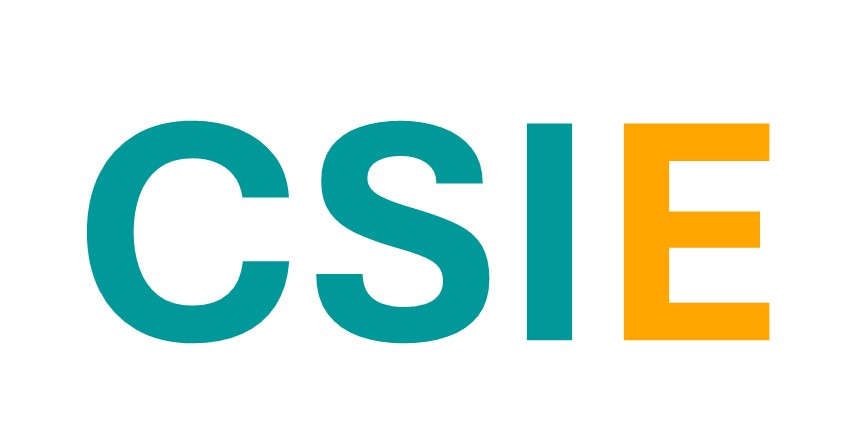CSIE’s Electrical and Mechanical engineers and team leaders worked with GFP to advance WMATA’s Transit Asset Inventory and Condition Assessment Project (“TAICA”). Phase I of the project consisted of producing an initial capital asset inventory and condition assessment to support the update WMATA’s Capital Needs Inventory (CNI) by the end of calendar year 2016.
Capital needs for the assets include in the assessment were determines over the ten-year period from 2016 to 2026 by determining each asset’s typical service life and year installed. GFP Team’s Subject Matter Experts (SMEs) in conjunction with WMATA’s SMEs established an expected typical service life for each asset type in years. A calculated “Next Renewal Year” was determined by adding the typical service life to the year installed subtracted by the current year. However, the calculated Next Renewal Year could be overridden by the assessor if they felt that the value calculated is not representative of the actual condition of the assets. The Remaining Service Life (RSL) was computed either from the Calculated Next Renewal Year resulted in 2016 or earlier, a “Deficiency” for that asset was created, which could also be thought of as the asset’s backlog of capital needs. CSIE’s engineers completed surveys and assessments of over fifty stations, maintenance facilities, rail complexes and yards, and bus facilities.

